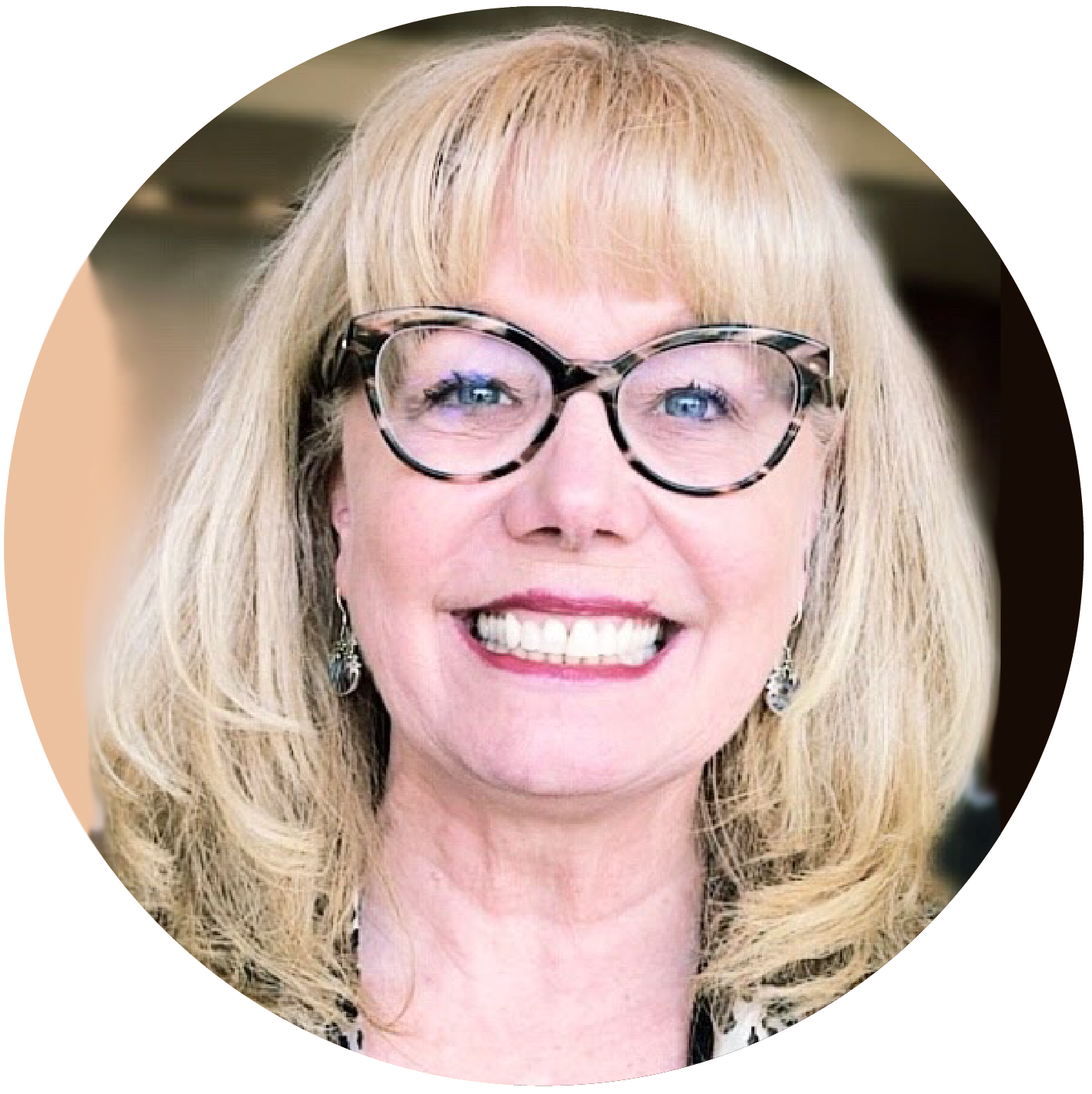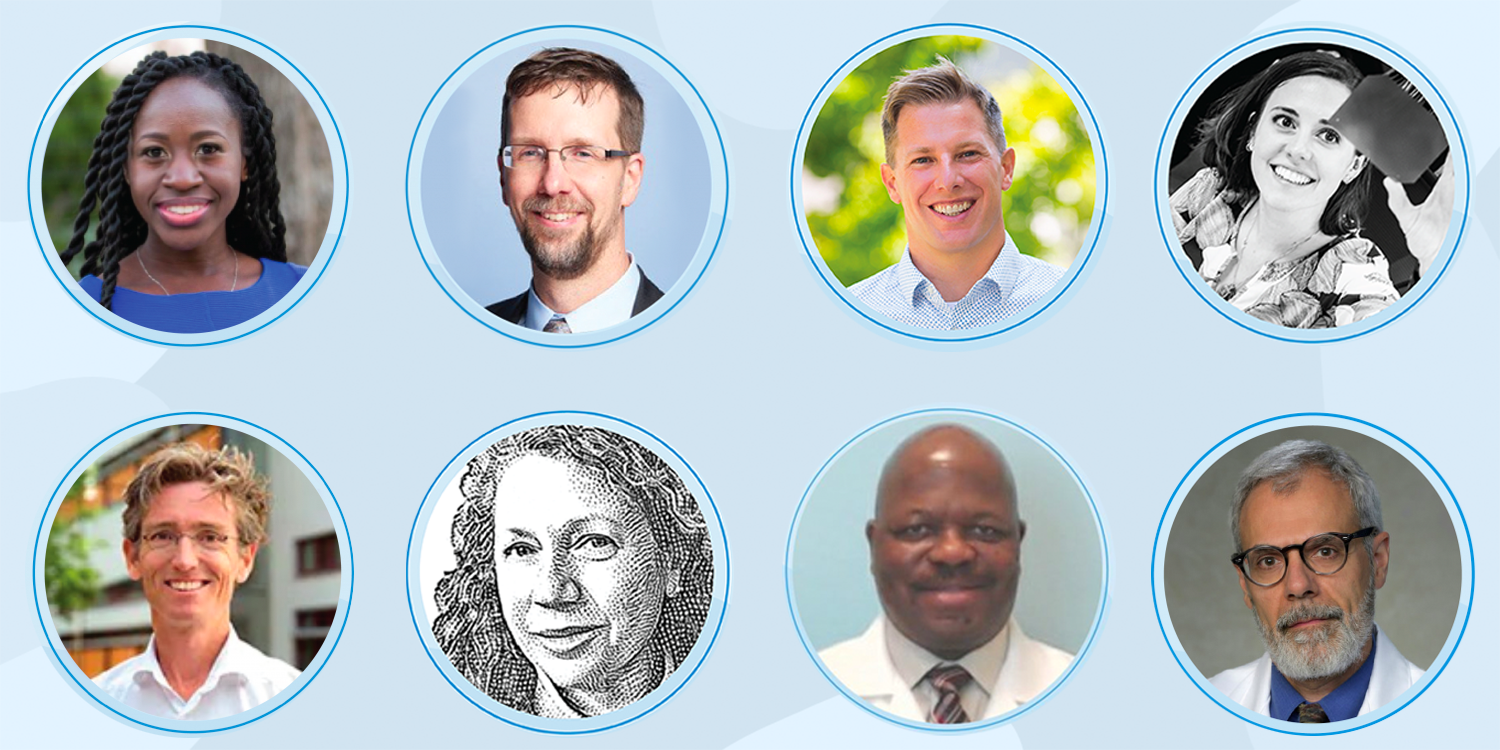The Focal Spot: Mallory Glenn
In this edition of The Focal Spot, Tyler Blackwell interviews Mallory Glenn.
In this edition of the Focal Spot, Tyler Blackwell interviews Bette Blankenship, MS, FAAPM.

“There aren’t many physicists that have an interest across the entire spectrum of medical physics sub-specialties. You can be a radiation safety officer and have absolutely no clue how things work clinically, and to be successful in a large hospital organization requires that you partner with people across the board.”
Bette : Between the NRC and the State, yes. Connecticut is an Agreement State, so the NRC inspects for radioactive materials use and the State inspects for x-ray use (diagnostic and therapeutic). I support multiple hospital facilities and often have a regulator in one building or another.
Tyler : The scope and scale of your operation are unique, without a doubt.
Bette : Some days, it seems bigger than others. Most people fear a visit from regulators. Program regulations seem a mystery, and it’s not clear-cut or obvious sometimes what auditors are looking for.
Tyler : As physicists, we know how to solve a problem when the inputs are clearly defined, but the challenge lies in interpreting things where there’s a gray area. That causes some nerves when you have an accrediting body or the NRC come to visit. Some items are very unclear, appeals for clarification are often answered in a very vague way, and it’s hard to be ready in some cases.
Bette : Especially when you have a day job, you know what I mean?
One thing my team provides is an audit guideline for State and NRC inspections that are specific to each department. Everyone knows where to find ‘the binder,’ which is a base set of required documents that we review and update quarterly—together—to leave everyone feeling prepared.
Tyler : You’re big on checklists, as I understand it. Likely it’s inefficient not to have one, in your case. So, you create those materials and hand them off to on-site administrators or the medical physicist? How do you make those materials and checklists effective?
Bette : The preparation that we put into the binders calms most of the pressure and fear of uncertainty. We try to make it simple: when inspectors arrive asking for this, you’re going to show them this.
I’m not the only one to prepare the content or checklists, either. It’s a team effort, and the goal is to understand how things are actually done. The binder lays out the answers to the program content questions required by regulation. Each item is referenced to a specific regulation, so staff is empowered to dig into the source information if they have questions or doubts.
Tyler : You are in control of regulatory compliance for multiple facilities, correct?
Bette : There are seven hospitals and multiple outpatient clinics. I was brought to Hartford HealthCare to build an umbrella for radiation protection.
Wherever I’ve gone in my career, I’ve been tasked as the ‘regulatory aware ‘ person in the hospital for radiation use. In the past, it’s ranged from radioactive materials and x-ray use to various codes (NRC, Joint Commission, OSHA, etc.) and accreditation standards.
Tyler : What was your strategy for building a radiation safety program across multiple institutions with differing radiation use areas?
Bette : I joined Hartford HealthCare when the hospital network was experiencing significant growth. The need was in building an enterprise-wide radiation protection leadership with staffing to meet compliance goals.
My team is multi-disciplinary, with physicists from all practice specialties (radiation oncology, diagnostic imaging, nuclear medicine, etc.) supported by radiation safety specialists. We’re designing this program of specialists to serve the hospital system for several decades.
Tyler : I love that approach to the job. You’re not a cog in the wheel. What you’ve done is taken ownership of a larger project, and it’s clearly something that drives you.
Bette : Being the solo physicist overseeing radiation protection for a very large system, I can be creative. With my growing team, they too can be creative. Building from the ground up is kind of appealing, right?
Tyler : Did you do this in San Diego before joining Hartford?
Bette : Yes, I was a system RSO in San Diego with physics oversight in all use areas. But a new assignment here includes the use of Theragnostics to treat cancer patients. The treatment transition into using theragnostics has been fascinating for me.
Tyler : For those that aren’t aware, what is theragnostics?
Bette : It’s a radiation therapy treatment confirmed by specific pre-treatment imaging, typically PET imaging. The PET tracer is ‘tagged’ to ensure the therapy agent will reach and treat the specific tumor volume(s). The pre-treatment imaging confirms a ‘bus stop’ is in place for the therapeutic agent to stop and treat disease.
It’s a sweet spot between hem-onc and radiation oncology. Theragnostics is moving pretty quickly. I’ve heard speculation that ~30% of the cancers currently treated with external beam departments could migrate to theragnostics at some point in the future.
Tyler : It sounds like an elegant, personalized solution, similar to immunotherapy. How prevalent is this?
Bette : It’s pretty limited at this point, maybe a few hundred centers in the country?
Tyler : You’re in Connecticut now, but didn’t you get your start there as well?
Bette : I grew up in Connecticut. My career training began at the Hartford Hospital School of Allied Health (one of the hospitals I work with now.) While I was there, a medical physicist—Bob Rice—came to me and said, “Bette, you’re really good in math. Do you ever think about becoming a physicist?”
At first, I wasn’t convinced. I liked imaging. It was kind of artsy, creative. Bob invited me to spend a month in radiation oncology and fell in love with it. Not long after, I moved to San Diego and enrolled at San Diego State for undergrad work.
Tyler : You’re on the AAPM International Council. Can you tell me what that’s all about?
Bette : The International Council (IC) is new for the AAPM. The goal is to create a structure for broad international activity and medical physics support. There are other international groups (IAEA, etc.) already in place that the council plans to partner with. Most of the world looks to the AAPM for physics guidelines, published reports, task group reports, etc. They look to us for the science and support of medical physics. The whole point of the International Council is to put feet to that. In that sense, it’s an outreach council. No matter where you are practicing medical physics, you have a group that will support you in your need. The council is in its infancy, but I think the idea is a great idea.
Tyler : What other AAPM work do you enjoy?
Bette : The work that I have enjoyed the most has been working with the CRCPD and partnering with regulators to learn from each other. That’s been a great opportunity.
Tyler : What do you do when you’re not doing medical physics stuff?
Bette : I do a lot of hiking; there are so many beautiful Connecticut hiking trails. I love to cook and visit with family (I haven’t lived near my family for 25 years, catching up has been wonderful). I read a lot, love playing the piano, and have enjoyed my re-introduction to New England.
Bette : I’d have to say probably Big Daddy Weave.
Tyler : Is there a game that you’re unbeatable at?
Bette : If I play Pictionary with my sister, together we can beat anyone. I could draw a box, and she would say, “Pollen.” And people would go, “What?” Well, it’s because it’s a box. That means it’s a house. That means she has to stay in the house. That means her allergies are bothering her. That means the pollen count is high. Weird, right?
Tyler : There is hope that things are starting to return to normal after the pandemic. Do you have any vacations on the horizon?
Bette : My son is still in San Diego, and I haven’t seen him in a very long time. I’m probably going to be headed west.
Tyler : What food from Connecticut did you miss while being in San Diego for 20 years?
Bette : I would have to say Greek food. It’s kind of weird, but there’s a sizable Greek influence in Connecticut, and I never saw that in San Diego.
If you have a question for Bette, drop it in the comments below!


Tyler is a board-certified medical physicist with extensive clinical experience in radiation therapy. He is active in the medphys community including several AAPM committees, the AAPM Board of Directors, and as an ABR orals examiner. Tyler dabbles in real estate investing, loves preparing breakfast for his three kiddos, and enjoys playing adult coed soccer.
Related tags: RadOnc News The Focal Spot
In this edition of The Focal Spot, Tyler Blackwell interviews Mallory Glenn.
In this edition of The Focal Spot, Tyler Blackwell interviews Robin Miller, MS, FAAPM.
In this edition of the Focal Spot, Tyler Blackwell interviews Anna Subiel, PhD.
Leave a comment